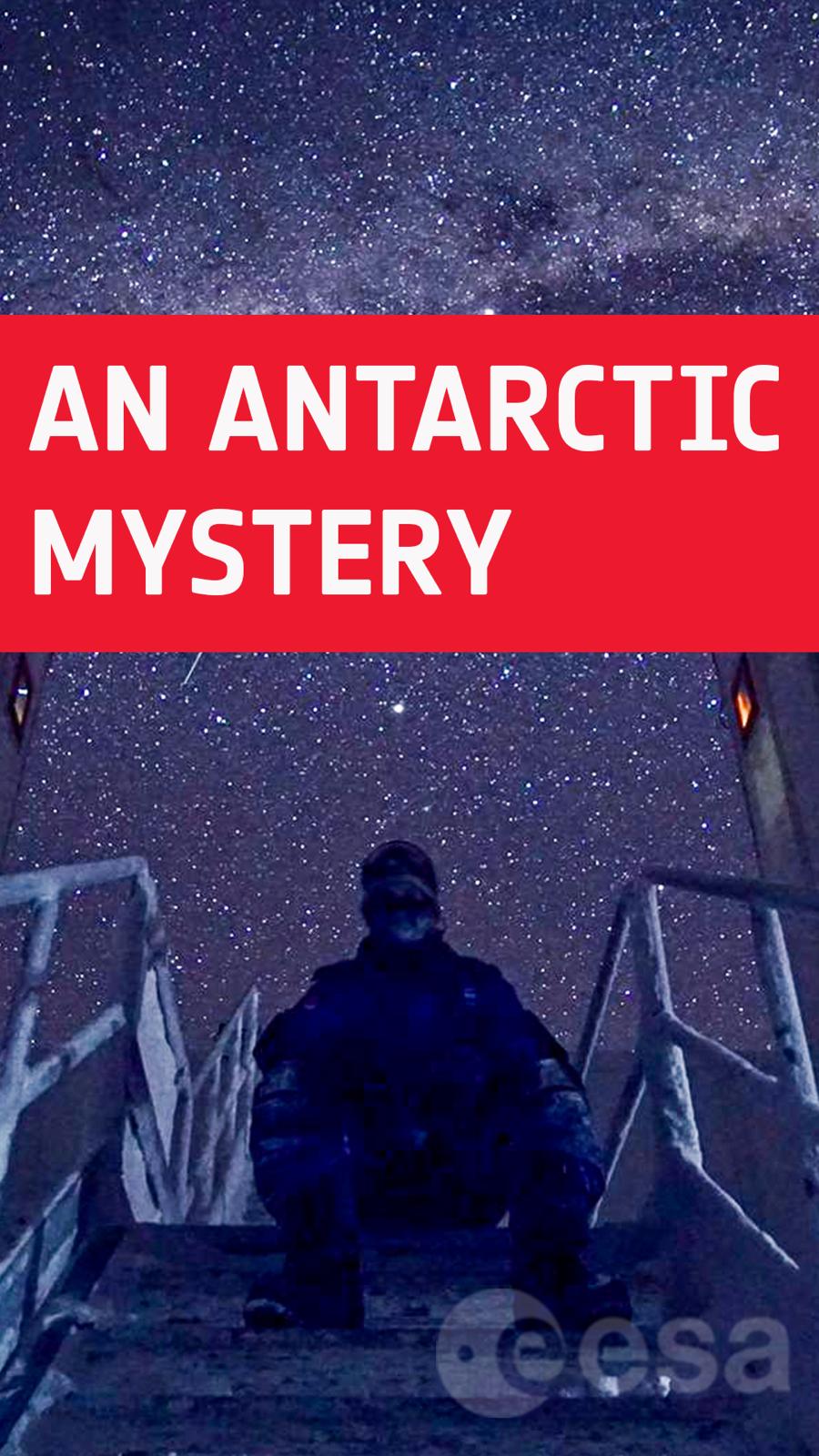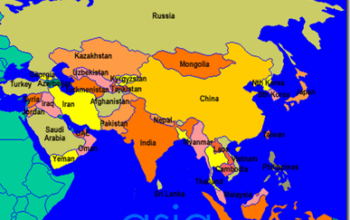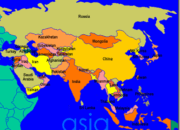The intrigue surrounding Antarctica’s ice-bound mountains extends beyond their majestic vistas; it captivates scientific curiosity across various disciplines. These lofty formations, predominantly composed of ancient rock, are steeped in geological history, glaciology, and climatology. This treatise endeavors to unravel the myriad mysteries enshrouded in this frigid expanse, elucidating key concepts while inviting readers to delve deeper into the complexities of Antarctica’s icy elevations.
To commence, one must comprehend the geological framework of Antarctica. The continent is predominantly underlain by a continental landmass, with delineated mountain ranges that are appositely classified into two categories: the Transantarctic Mountains and the Ellsworth Mountains. The Transantarctic range, extending for over 3,500 kilometers, offers a unique insight into the Earth’s tectonic activities. Formed primarily through the phenomena of rifting and subsequent uplift, this range serves as an ecological and geological boundary between East and West Antarctica. The Ellsworth Mountains, on the other hand, represent some of the highest elevations in Antarctica, reaching altitudes of over 4,800 meters. Their formation, deeply intertwined with continental glaciation, showcases the interplay between tectonic uplift and glacial erosion.
Moreover, the tectonic activity that forged these formidable mountains is interlaced with the evolution of Earth itself. The onset of rifting in Antarctica can be traced back to the Mesozoic Era, a period characterized by significant climatic shifts and continental drift. As Gondwana gradually fragmented, the tectonic momentum engendered a diverse array of rock formations, each embodying unique mineral compositions. This geological narrative is pivotal for grasping the context of current Antarctic landscapes.
Accompanying the geological narrative is the climatic phenomena that continues to shape these ice-clad mountains. Glaciology plays a crucial role in understanding the dynamics of the ice sheets that blanket these ranges. The West Antarctic Ice Sheet, one of the largest in the world, exhibits a profound influence on global sea levels. Its instability evokes concerns among climatologists and geophysicists due to potential implications stemming from climate change. The retreat of glaciers poses questions about feedback mechanisms in polar regions, complicating established models of global climate systems.
In addition to glaciological concerns, the study of Antarctic mountains also intersects with ongoing atmospheric research. The unique weather patterns over Antarctica, including katabatic winds—strong, cold downdrafts—are a focal point for meteorological studies. These winds not only influence local weather but also serve as integral components in understanding wider atmospheric circulation patterns. Such investigations reveal the intricate connections between Antarctica’s mountainous terrain and global climatic conditions, underscoring the continent’s significance as a natural laboratory for climate science.
The implications of Antarctic research extend to biodiversity, albeit this frozen landscape may seem inhospitable at first. Despite its extreme conditions, life thrives in various forms. Microbial ecosystems, adapted to the harsh environment, inhabit glaciers and underlying rocks. These extremophiles convey vital information about the resilience of life in extreme conditions, offering insights not only into evolutionary biology but also astrobiology. Understanding how life survives and evolves in such isolated environments may inform the search for life in extraterrestrial locales—such as icy moons and planets.
Exploration in these remote regions necessitates the application of advanced technologies and methodologies. The utilization of satellites and remote sensing plays a pivotal role in monitoring ice dynamics and topographical features of the mountains. Ground-penetrating radar and isotopic analyses further illuminate the history buried beneath the ice, offering clues about past climates and geological events. This technological integration enhances the scientific community’s ability to draw comprehensive conclusions about the interrelationships between geological formations, climatic variability, and biological adaptations.
Furthermore, the socio-political dimensions surrounding Antarctica demand attention. The Antarctic Treaty, established in 1961, delineates the continent as a zone for international cooperation in scientific research. Such engagement fosters collaborative efforts across nations to address common challenges, including climate change and environmental conservation. The unique geopolitical status of Antarctica underscores the importance of preserving its pristine environment while promoting scientific inquiry.
Lastly, the narrative of Antarctica’s ice-bound mountains encompasses an array of myths and historical anecdotes that evoke the human spirit of exploration. Adventurers and scientists alike have strived to unveil the unknown, embarking on treacherous expeditions that have captivated public imagination for centuries. These tales underscore humanity’s enduring quest for knowledge amid the harshest environments, blending adventure with scientific discovery.
In summation, the mystery of Antarctica’s ice-bound mountains serves as a convergence point for multiple scientific disciplines. From geological formations and climatic phenomena to biodiversity and international cooperation, the complexities of this frigid region beckon researchers, adventurers, and inquisitive minds alike. Through continued exploration and study, the enigmas of Antarctica will gradually be unraveled, illuminating both the past and future of our planet.










